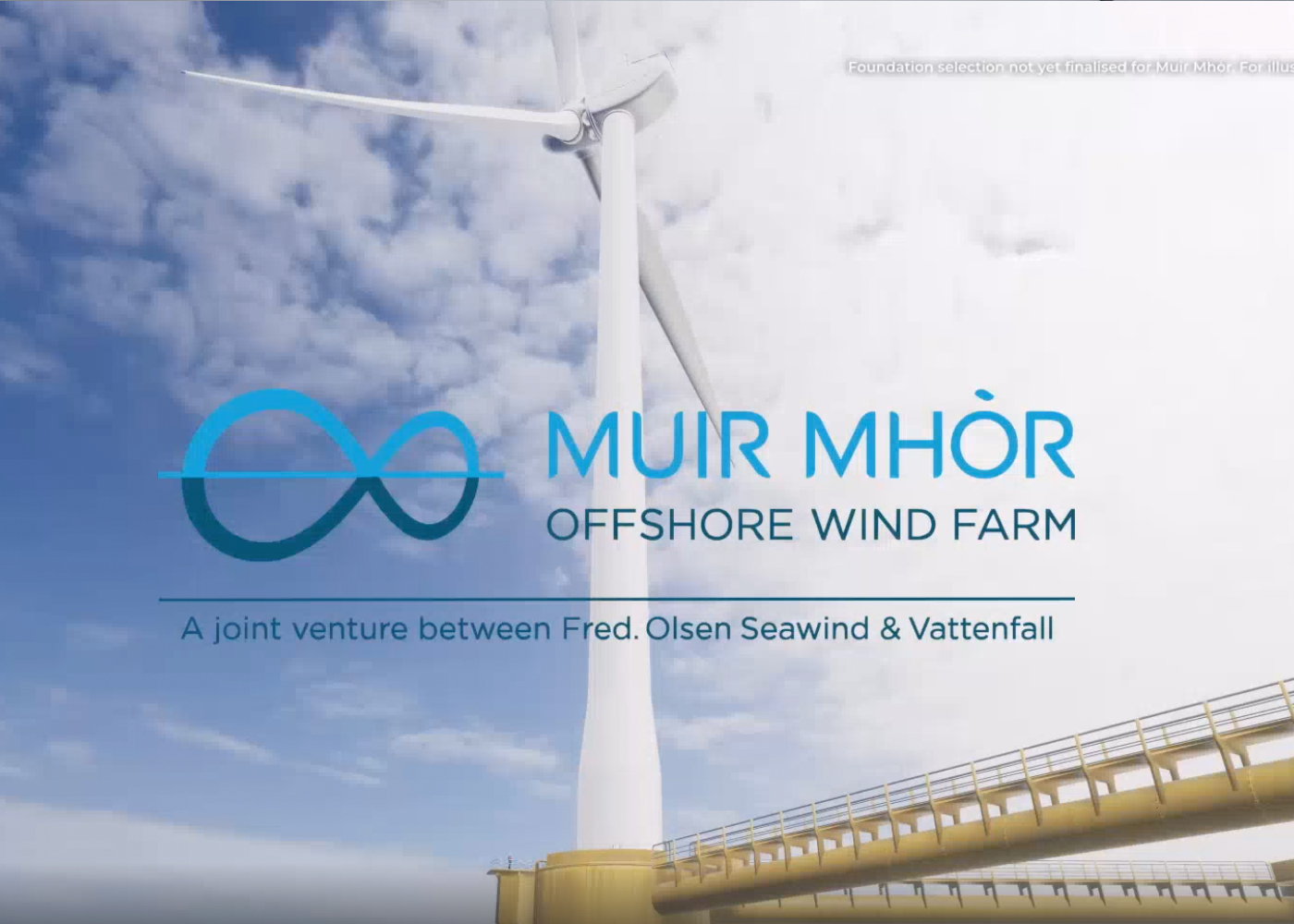


One of the world’s first commercial scale floating offshore wind projects is on track to be built in Scottish waters, after the team behind it announced it has hit a major milestone.
Muir Mhòr Offshore Wind Farm has submitted two key consent applications for consideration by the relevant authorities.
The project is the first fully floating offshore wind farm from the ScotWind leasing process to reach the point of submitting both offshore and onshore consent applications for determination, following a 12-month period of consultation with local communities and stakeholders most impacted by the development.
Once operational the wind farm will be able to generate up to 1GW of clean power, enough to provide electricity for the equivalent of up to 1.2 million homes every year.
This will in turn make the country’s energy supplies more secure, as well as aiding with the UK Government’s clean power mission.
David Hinshelwood, project director for Muir Mhòr Offshore Wind Farm, said:
“The submission of our two consent applications is a hugely significant milestone, not just for our team who have worked so hard to get here, but for Scotland and the rest of the UK as well.
“We have listened closely to those impacted by our development and made adjustments to our applications, taking on board their feedback and the sensitivities they have raised, and trust this is reflected in the planning determinations.
“We are the first fully floating offshore wind farm from the 2022 ScotWind leasing round to reach the point of both offshore and onshore applications.
“In doing so, we are supporting the ambitions of governments in Scotland and the UK to be a world leader in floating offshore wind, and a clean energy superpower.
“Muir Mhòr is on its way to becoming one of the world’s first commercial scale floating offshore wind projects. We are very excited to see what the future holds.”
The wind farm – whose name means ‘Great Sea’ in Gaelic – will be located off the east coast of Scotland, approximately 63km from the coast of Peterhead.
If the consent applications are approved in the next nine to 12 months by the Scottish Government and Aberdeenshire Council, Muir Mhòr could start generating clean power in the early 2030s.
The project will bring a wide range of benefits, including the creation of a significant number of jobs during its construction phase and its operation and maintenance phase.
The team behind the project is also committed to building a supply chain that will contribute millions of pounds to the regional and wider Scottish and UK economies.
Around 40 per cent of its total contracted spend to date has been awarded to local suppliers and contractors, with firms of all sizes being encouraged to register their interest on the Muir Mhòr Supply Chain portal.
In total, around £15.7 million in development-related contracts has been awarded throughout the UK, of which £6.31 million has gone to Scottish-based suppliers.
The project is committed to enhancing the skills of the Scottish offshore wind workforce at all levels, beginning in schools.
Project consenting team members are collaborating with Mintlaw Academy in Aberdeenshire to provide practical activities for students enrolled in the Girls in Energy course. This initiative aims to offer young women real-world exposure to the energy industry.
In higher education, a £200,000 fund, the largest of its kind at the University of the Highlands and Islands, has been established in partnership with the university for a 20-year period.
Additionally, a three-year, £30,000 partnership with the University of Strathclyde has been agreed to support six postgraduate students aspiring to careers in offshore wind.
Muir Mhòr is a 50/50 joint venture between Fred. Olsen Seawind and Vattenfall, both having an established track record in Scotland. Working together, both companies are committed to securing Scotland’s energy future and green economy.